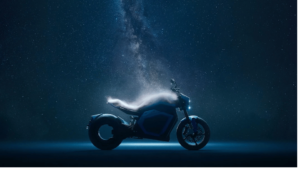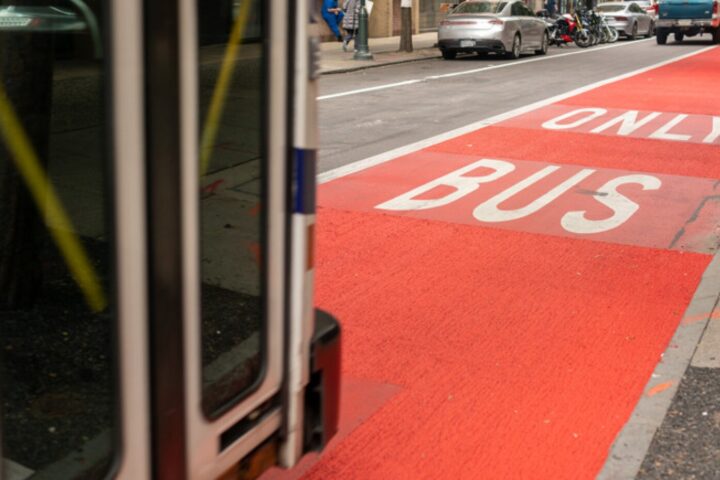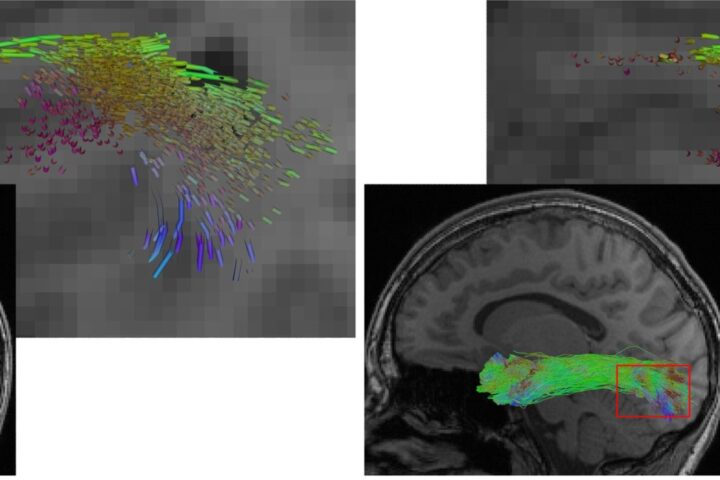Verge Motorcycles is shaking things up in the electric bike world with its new Starmatter platform. This isn’t just about adding a few bells and whistles; it’s a game changer, bringing OTA (over-the-air) updates and AI (artificial intelligence) to two-wheelers.
First off, the OTA capabilities are serious business. Unlike typical vehicle updates that just tweak a few things, Starmatter dives deep. We’re talking updates that can refine your bike’s traction control system or even how the motor itself operates. This means your bike doesn’t just stay up-to-date; it gets better with time, like a fine wine or a smartphone.
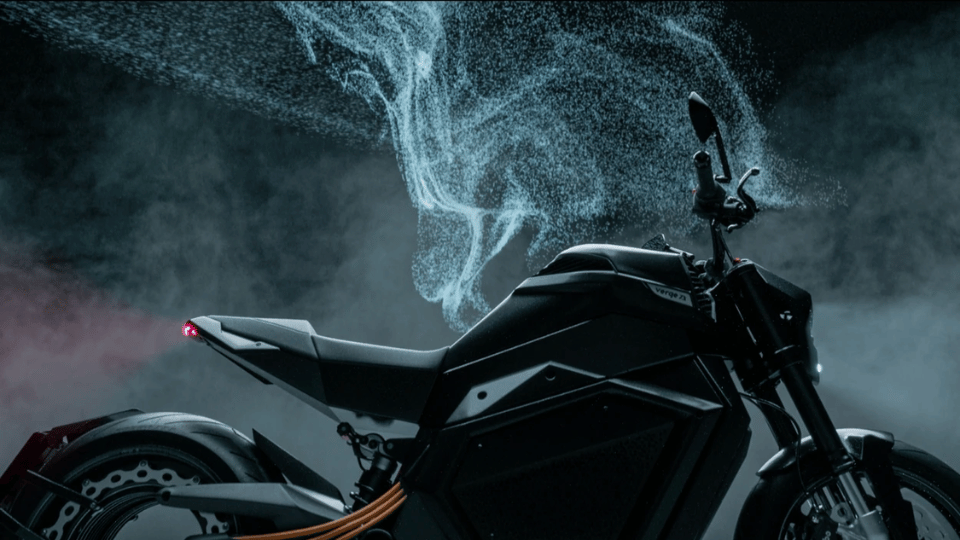
The heart of this tech revolution is the Human-Machine Interface (HMI), now powered by Unreal Engine from Epic Games. This isn’t just about pretty graphics; it’s about creating an interface that’s as sleek and dynamic as the bikes themselves. The HMI is where you’ll control everything from ride modes to charging settings, with an eye toward future upgrades and features.
But wait, there’s more. The hardware upgrades are where things get really interesting. We’re talking GPS, accelerometers, and the latest in communication tech like cellular, Wi-Fi, and Bluetooth. This means your bike is not just a ride; it’s a hub of high-tech sensors feeding data to machine learning models. This is where the AI comes in, turning your motorcycle into a smart device on wheels.
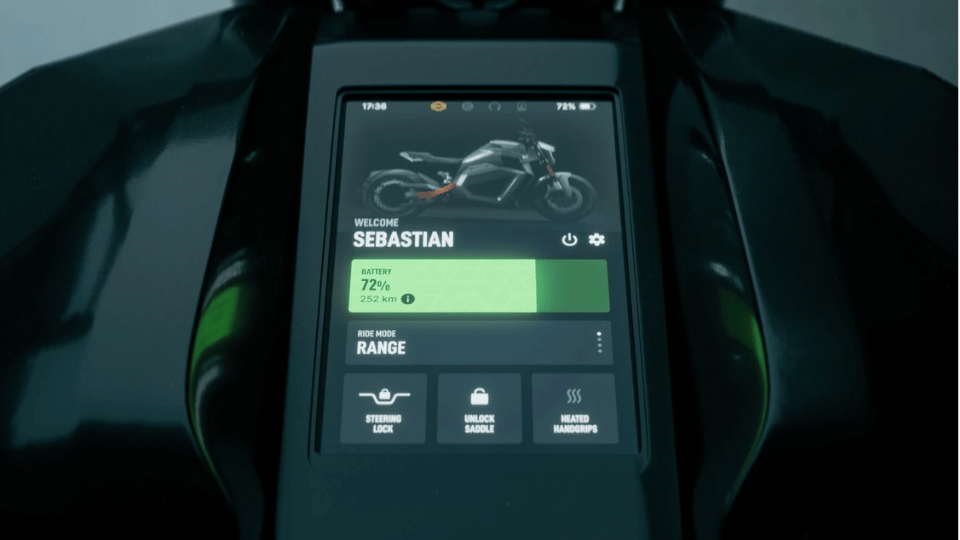
Similar Posts
Let’s not forget the environmental angle. Electric bikes are silent, have instant torque, and a lower center of gravity. This isn’t just good for the planet; it’s a whole new riding experience.
Marko Lehtimäki, the CTO of Verge, sums it up perfectly: “Starmatter is like an invisible layer of star matter that covers the bike, personalising the riding experience.” He’s not kidding. This platform is a leap into the future of motorcycling, making each ride smarter and more tailored to the rider.
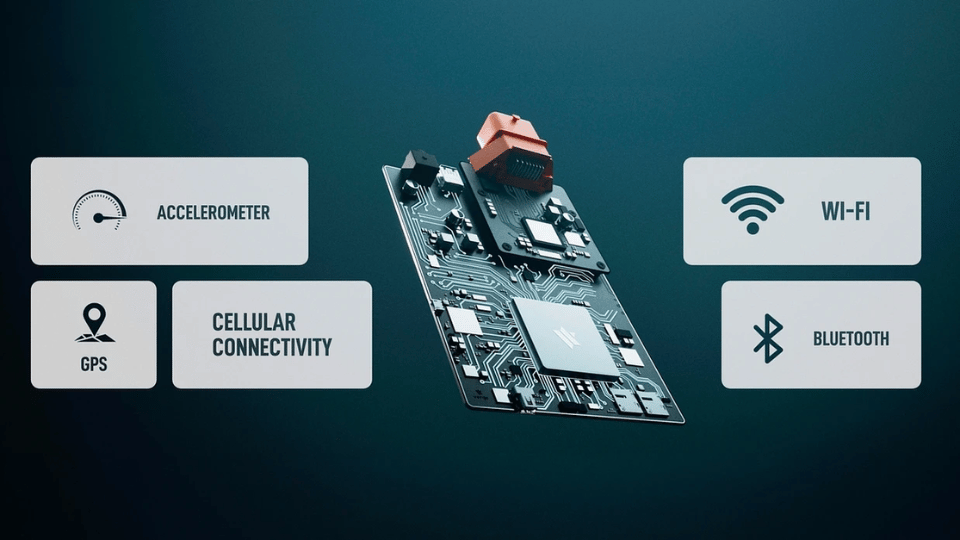
In short, Verge’s Starmatter isn’t just a software update; it’s a revolution in the motorcycle industry, making bikes smarter, more responsive, and more in tune with the rider’s needs. It’s a bold step into the future, one that could change the way we think about riding forever.
